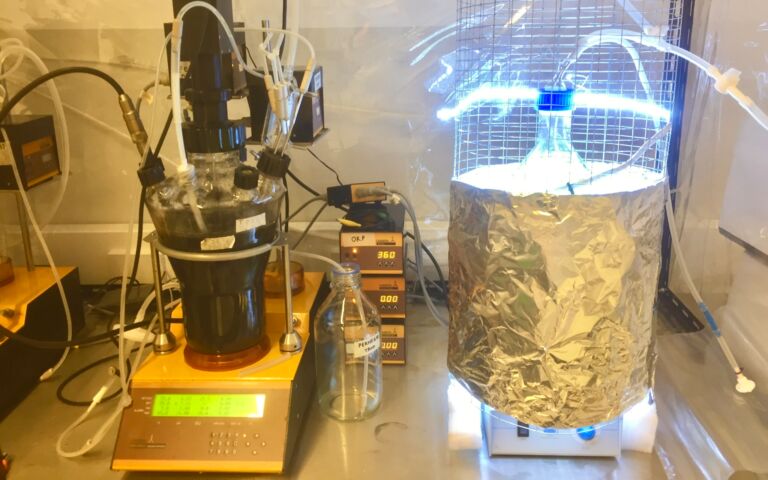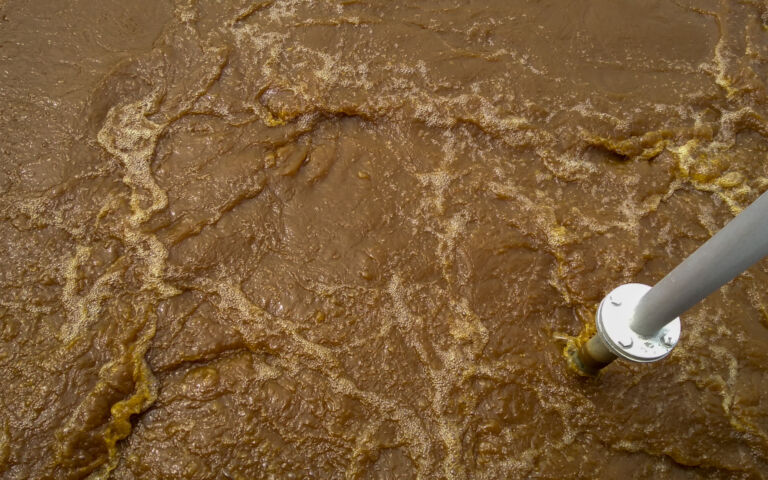Pollutant removal in MBRs

The primary indicator of performance for any water or wastewater treatment process is the extent of removal of the target pollutant(s). Membrane bioreactors provide increased removal of most pollutants compared with the conventional activated sludge (CAS) process due to:
- the filtration of the mixed liquor through a membrane having an effective pore size of <0.1 µm, compared with conventional clarification by settlement
- the decreased F:M ratio of the MBR, which leads to slightly improved organic carbon removal
- the increased solids retention time in the bioreactor, leading to slightly increased levels of slow-growing bacteria such as nitrifiers which then leads to commensurately improved ammonia removal, and
- the increased total solids surface area created by the smaller floc sizes of an MBR which affords slightly increased removal by adsorption.
Since MBRs are fitted with porous (or low-pressure) membranes, i.e. ultrafiltration/microfiltration, they are unable to directly reject dissolved species. Removal of dissolved matter is therefore only possible through either biodegradation by the bacteria or adsorption onto the solids in the bioreactor.
For species substantially larger than the membrane pores – such as bacteria, protozoa and particulate matter – almost quantitative rejection of these species by the membrane can be expected provided the membrane integrity is maintained. For smaller particles and microbes, specifically viruses, a slightly reduced rejection can be expected. In all cases, rejection is enhanced by the fouling layer which rapidly builds up on the membrane surface during operation. The fouling layer has a lower permeability and a greater associated selectivity than the membrane on which it sits.
For biodegradable matter of species such as ammonia which undergo biochemical transformation in the reactor, the key factors affecting removal are:
- the population of the bacteria responsible for carrying out the biochemical transformation, and
- the overall biochemical reaction rate.
The reaction rate is dependent on the characteristics of the bacterium conducting the transformation: nitrification, for example, is significantly slower than the mineralisation of organic carbon. Both the bacterial population and the reaction rates are affected by the prevailing chemical conditions, such as the solution pH or the presence of toxic species.








